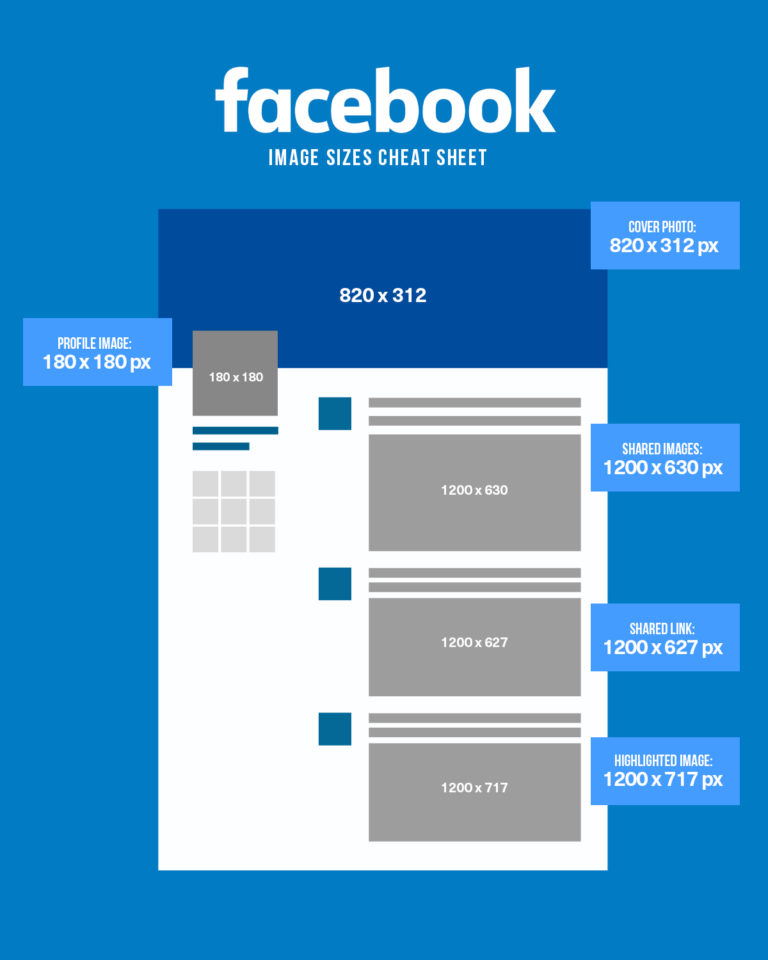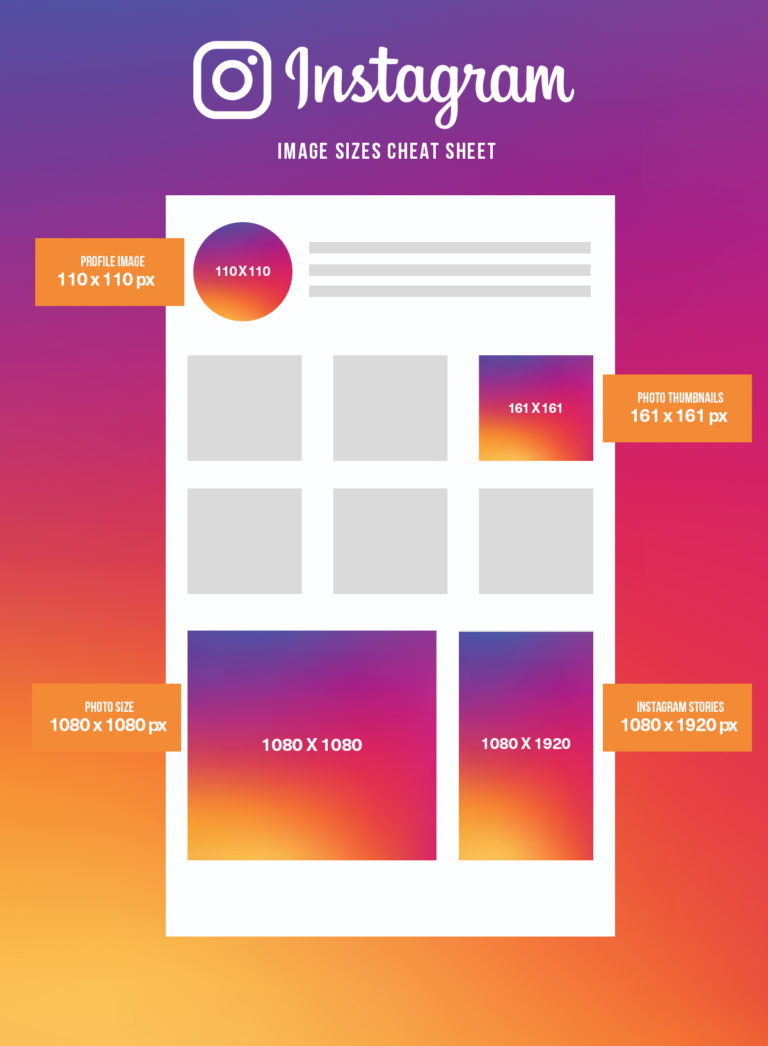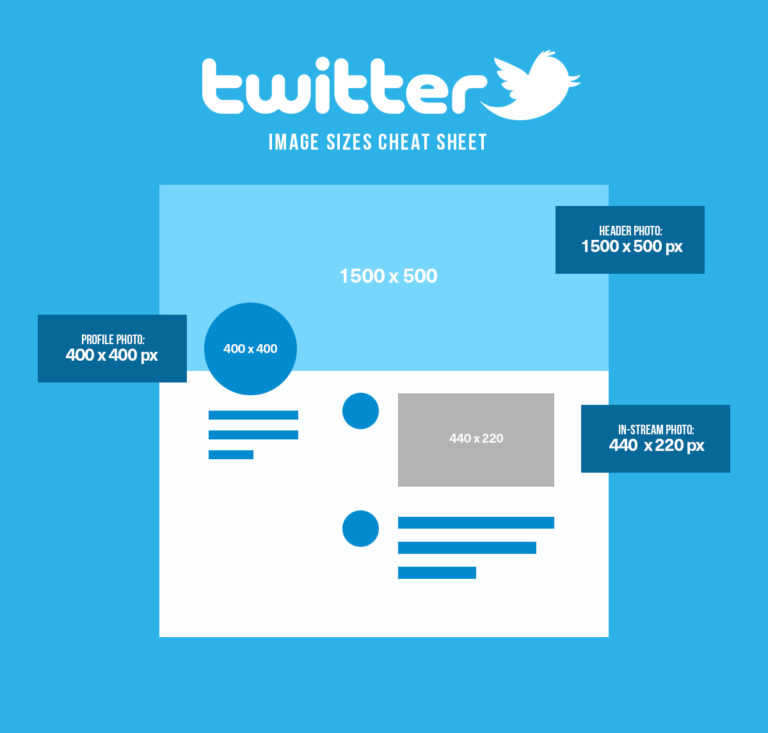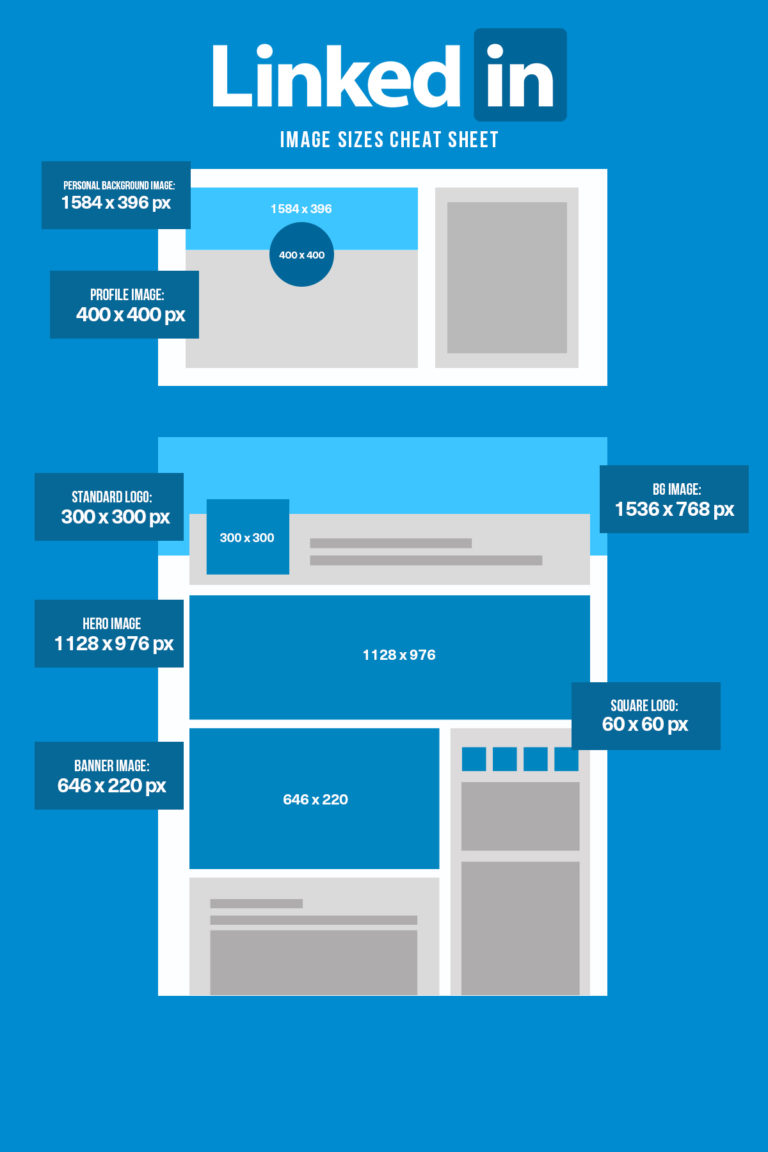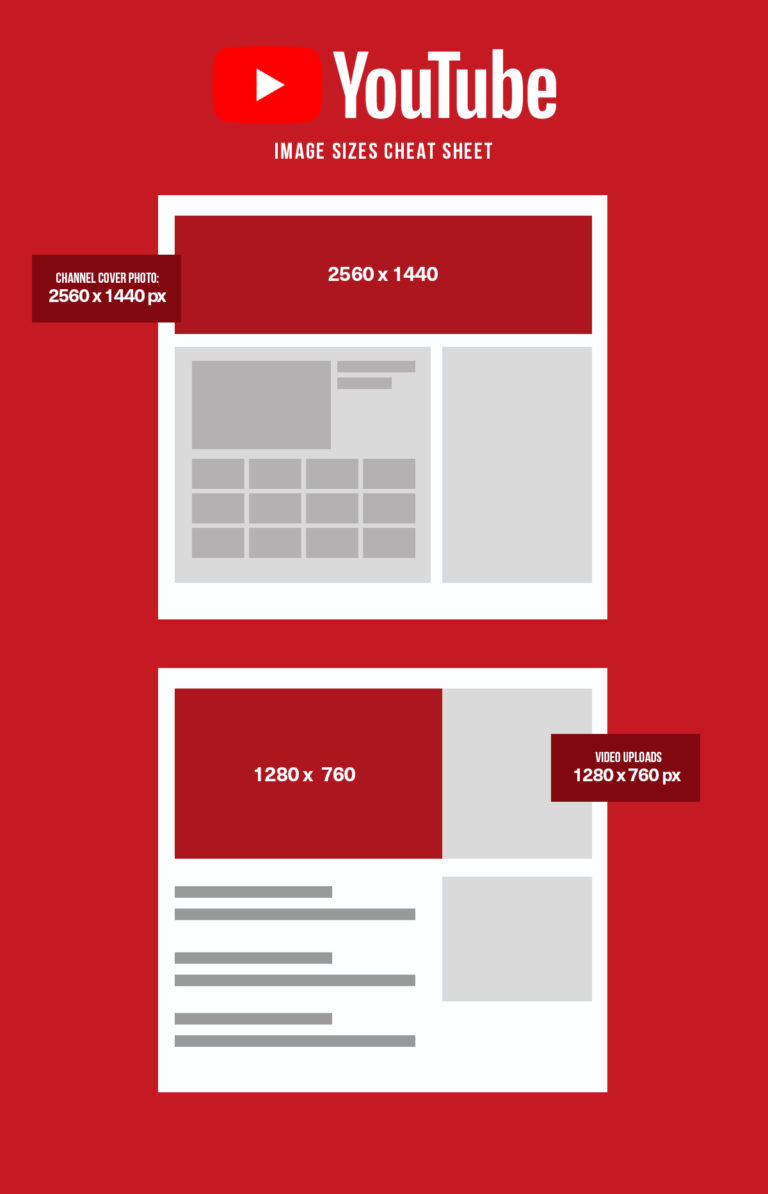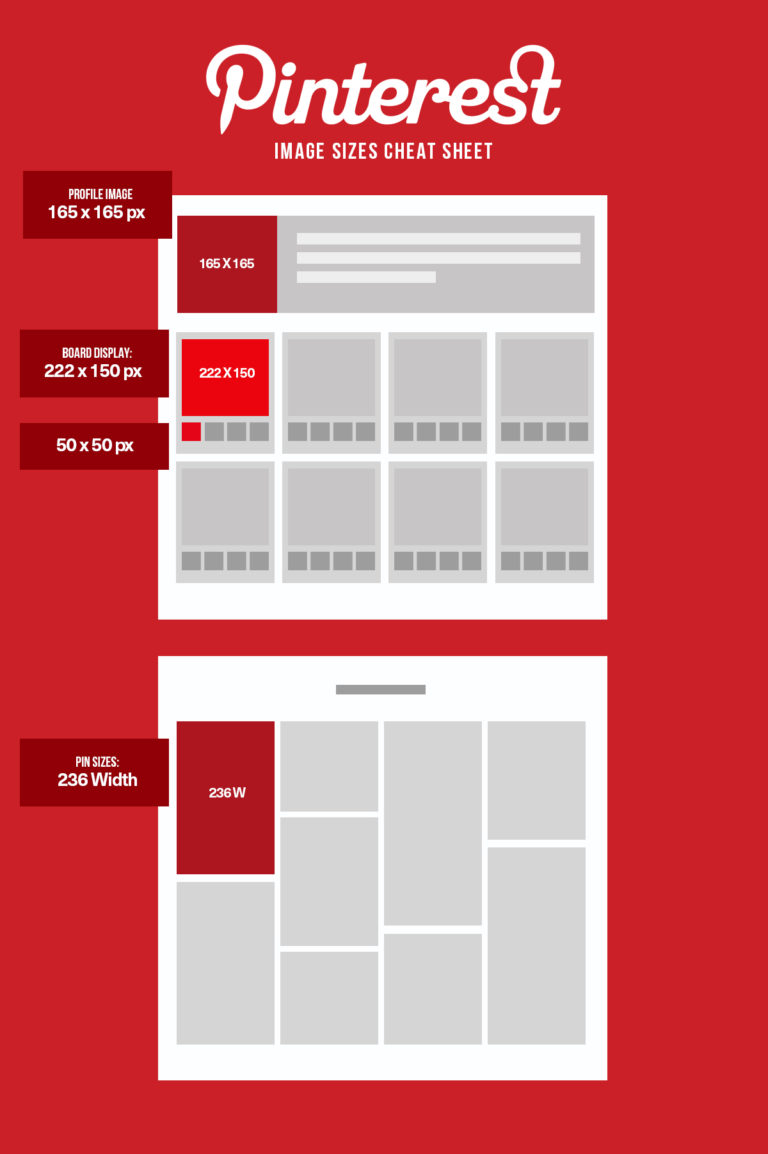March 5, 2021 - Brittany Garlin
Social Media Image Sizes Guide for 2021
Social media image sizes can be tricky for businesses looking to publish quality content online. When publishing to these social networks, it is best to optimize your images with the correct alt tags and sizes, so your posts look good and get multiple likes and shares.
Viral content is known for excellent optimization of image metatags and sizes to capture audience attention from the get-go. Cover photos, image posts, shareable images – they all have different dimensions.
Having the photo or image out of size can horribly skew the visual effect of the entire post. Most people share or read information based on the pictures they see. For instance, on a widely used social media platform like Facebook, if your business page’s cover image is obscured or partially hidden by your profile image, the resultant visual effect will be too shabby.
Social media image size requirements frequently change according to the device it will be used on. It also segregates the dimensions based on where the image will be shared. Similarly, other trending social media sites have their own specifications and dimensions for images and photos.
With so many social media platforms (that have the power to reach countless people), navigating through the rules can be tricky. We hope to help you through this maze and come out the victor with a strong image game with this guide. Getting all the images to look fantastic on different portals can be challenging, so we decided to step in and make a one-stop guide to help you. Since the visual on-screen is usually the first thing to grab attention, we want to ensure your audience stays captivated at all times.
Why is Image Size Important?
It’s not just the image that is crucial. Getting everything perfect and symbiotic is what is considered essential. It is simple for an amateur to click a photo or make one and upload it to any social media site. However, most businesses want the response that follows. Creating a brand is not only about talking and spreading the word through products and services. It is getting the brand recognized, making a visual impact, and creating a space in potential clients’ and customers’ minds. Visual content on social media plays a critical role in brand recall and recollection across different levels.
Images are not only ones that are made but also those that are clicked or purchased. Copyright laws, infringement, and other laws pertaining to photos and pictures come into play. The right social media image size will help set a precedent towards getting all aspects of the visual content perfect.
Why Social Media Image Size is Important
1. Pixels
The most significant drawback with non-ideal images is pixelation. Pixels that do not fit the social media image size will end up stretching and making the image look grainy.
2. Social Optimization
Images with correct optimization will help boost your images across search engines and will keep popping up in social media feeds.
3. Viewing Quality
The right image size will ensure that your audience can view the entirety of the image and not just a part of it. Brand names, logos, and relevant images should be wholly visible at all times. They should not get cut off halfway.
4. Best for the Future
Getting the image right each time can ensure that your brand is ready for minor changes in the future depending on various social media platform rules. Drastically having to change the image each time might result in lesser brand recognition and more confusion.
Small and large businesses can benefit from a uniform brand image reflected across different social media pages. Since a single user may have multiple accounts with various sites, having the same images and brand names can quickly help create brand recognition.
Does Each Social Media Platform Have A Different Image Size Guideline?
The most straightforward answer to this question is yes. Social media sites are optimized according to their viewership, target audience, and country-specific demographics. These sites prefer content creators who upload images in specific styles to look uniform, without a change in the visual impact. Most users also prefer websites with a set standard and protocol for pictures and other content collateral since the viewing experience is practically seamless.
We will look at the image specifics for these social media sites:
- YouTube
Facebook has undoubtedly remained the world’s most popular network. With constant upgrades and performance improvements, Facebook has become more visual in nature. It has optimized for desktops, laptops, tablets, smartphones, and other handheld devices along the way. The App has successfully maintained a strong visual façade that still pulls new users in each year.
Facebook was started as a ‘social’ brand that has maintained its outlook towards the people aspect. It prefers brands that express human emotions and connect to users with empathy and emotions. Facebook does not look too kindly on businesses that are too pushy with their sales or too commercial with their services and products.
With Facebook, the potential for sharing and engagement is huge, so getting the images and sizing correct is crucial. The sizes for Facebook images are based on the current algorithm. However, these image sizes are subject to change in case of any updates.
Facebook Post Image Sizes:
- For designs, the recommendation is usually .jpeg and PNG. Logos and text images should be shared as .png files.
- The Profile picture on the main page should be 180 x 180 px with a 1:1 aspect ratio and a minimum width of 180 px. On business pages, the image will appear as 170 x 170 px for desktops.
- The Profile Cover Picture/Photo should be 820 x 312 px with a minimum width of 400 px and height of 150 px.
- Facebook Shared Link Image: This picture is the one that is visible in a small box with shareable links. The title and meta description of the content is also visible next to this image. This image size should be 1200 x 628 px with an aspect ratio of 1.9:1.
- Shared Facebook Images are usually 1200 x 630 px like the shared link image size, but the aspect ratio here is 3:2. If this ratio is not maintained, Facebook will automatically cut or crop the image.
- Facebook Events Image Cover Photo: This size is 1920 x 1080 px with a 16:9 aspect ratio and a minimum width of 400 px and height of 150 px.
Instagram is a visual treat by itself. The entire network is wholly visual and works only based on shared images. Instagram Stories are the compilation of pictures and videos with audio, GIFs, stickers, and filters. Instagram captured a huge chunk of the market with the strategically placed niche of static imagery. IG (Instagram) images are quirky, eye-catching, but most importantly, make use of filters. The primary three image orientations available to all users are Portrait, Landscape, and Square.
Since Instagram is home to the world’s most creative artists, singers, songwriters, and content providers, you would have to do an exceptional job to make your brand stand out. Influencers, artists, and photographers unerringly get maximum eyeballs on their pages for their beautifully placed, cropped, and cut images that can bring together a whole story. For businesses to pull this off, you must employ the entire image dimensions, filters, and pixel knowledge available to you.
Instagram Post Image Sizes:
- Profile Picture Size: 180 x 180 px with a 1:1 aspect ratio. Remember to place the brand image in the center since Instagram profile images are naturally rounded to fit in a circle.
- Instagram Feed Photo Size: 1080 x 1080 px maximum limit. Instagram allows for lesser than these pixels and usually looks favorable upon square images that fit the page’s center. Square images look better on the widely used Instagram Mobile App rather than on a desktop.
- Thumbnail Image Size: 161 x 161 px with a 1:1 aspect ratio. Rectangular images get cropped automatically to fit the given template.
- IGTV Cover Photo: 420 x 654 px with an aspect ratio of 9:16
Twitter has a global outreach that is rivaled only by Facebook and Instagram. Personal and Business accounts on Twitter have exploded to gain far-reaching effects across the globe. Using Twitter images to establish and market the brand should be a priority for all businesses, small and large. Since Twitter has more than 330 million users worldwide, grabbing adequate attention is crucial.
Correctly sourced and placed images can have far-reaching effects on Twitter, with thousands of viewers sharing and retweeting them within minutes of an upload. There has also been a notable Twitter trend where links and tweets with images get shared 150% more than those that don’t carry pictures. Twitter has also shared that nearly 53% of users tend to buy products shared on their site.
Most customers discuss the pros and cons of brands on Twitter, and with all the changes Twitter is implementing, it could be useful to get the image guidelines right.
Twitter Post Image Sizes:
- Profile Image/ Photo: 400 x 400 px with a maximum file size of 5mb
- Twitter Page Header Image: 1500 x 500 px is the recommended resolution for files.
- Instream Images with Shareable links: 1200 x 628 px
- Single Image Tweet: 1200 x 675 px
- Two Images Tweet: 700 x 800 px (for both images)
- Carousels: 800 x 800 ox with 1:1 ratio aspect ratio
LinkedIn has held the spot for the world’s largest professional networking site for years. What started out as a recruiting base soon gave way to professionals vying for attention and building their thought pages. LinkedIn still holds sway over future employees with a strong human resource base that can organically build the brand image. References and reviews on LinkedIn can make or break business reputations and should not be taken lightly.
While the site does not get as much footfall as social media sites, the global professional community still prefers LinkedIn as an Authority site for all matters pertaining to business and releases.
LinkedIn Post Image Sizes:
- Company Logo Image: 300 x 300 px with a maximum 4mb file size.
- Company Cover Image: 1128 x 191 px since it covers the whole top part of the brand page. Business pages get more space than personal background images (1584 x 396px) to promote their brand.
- Shared Image or Link: 1200 x 627 px is recommended for mobile app optimization.
- LinkedIn Stories: 1080 x 1920 px and 9:16 aspect ratio
- Life Tab (Main Company Page): 1128 x 376 px with company photos at 900 x 600 px. The Main company page and images show up on the App and not on the Desktop version.
YouTube
YouTube gets an excess of 1 billion users each month. With this type of outreach, it stands to reason that businesses should try and capture maximum branding to gain market recognition. Most brands have realized that the best way to reach new, potential customers and reel in old ones is to make compelling, shareable images and video content on YouTube.
YouTube Post Image Sizes:
- Channel Profile Picture: 800 x 800 px with image formats as .jpeg, GIFs, BMP, or .png
- Channel Cover Picture: 2560 x 1440 px with a maximum file size of 4mb.
- Video Uploads: 1280 x 720 (with minimum HD) and an aspect ratio of 16:9
Different devices have different parameters for YouTube images. Due to this, it is best practice to try and view the channel and cover picture from various devices before finalizing an ideal social media image size.
Pinterest works as a storyboard but with shareable images. Hugely visual, like Instagram, most users use pins to place their preferred images to turn them into wish lists for future ideas. From wedding décor ideas to food photos, people save/ pin these images to refer to later. This excellent image storyboard makes it easier for retail businesses to get new and potential customers to their respective sites.
Businesses can show their products and services (with benefits) in the perfect light to increase their buyer demographics in the long term
Pinterest Post Image Sizes:
- Pinterest Profile Picture: 240 x 240 px with minimum 120 x 80 px.
- Pin Image Size: 735 x 1102 px with a 1:1 aspect ratio and a feed height of 2:3 ratio.
- Board Preview Image: 600 x 600 px
- Carousel Pins: 1000 x 1500 px with 2:3 recommended aspect ratio.
Final Thoughts
Instead of guessing and making errors, your business can easily maintain the perfect image sizes according to different social media networks. While this article is a guide, please remember that the algorithms and guidelines for images can change as the developers keep improving the social media sites.
Another tip when using images across various social media sites is to keep the images uniform in their colors. Avoid changing the logo too many times, and keep the same logo on all social sites to improve brand recognition and recollection in the long term.
With regular posts, images, viral content, and helpful images, the brand will start to make a niche in people’s mindsets and help build the company image over the years.
Grow with the #1 marketing agency network and top destination for businesses to hire
Sign up for Agency Vista, and see why over 50,593 marketing agencies trust us to grow their online presence and foster credible relationships with businesses. We’re free forever, and you can upgrade, downgrade, or cancel any time.
Get Started
Get started free
Setup in minutes
No credit card required

Agency Vista is the new way for brands to find and easily connect with marketing agencies. Explore 50,593 verified profiles and reviews to find the right agency for your business.
Copyright © 2025 Agency Vista LLC. All rights reserved. Lovingly made in NYC.
